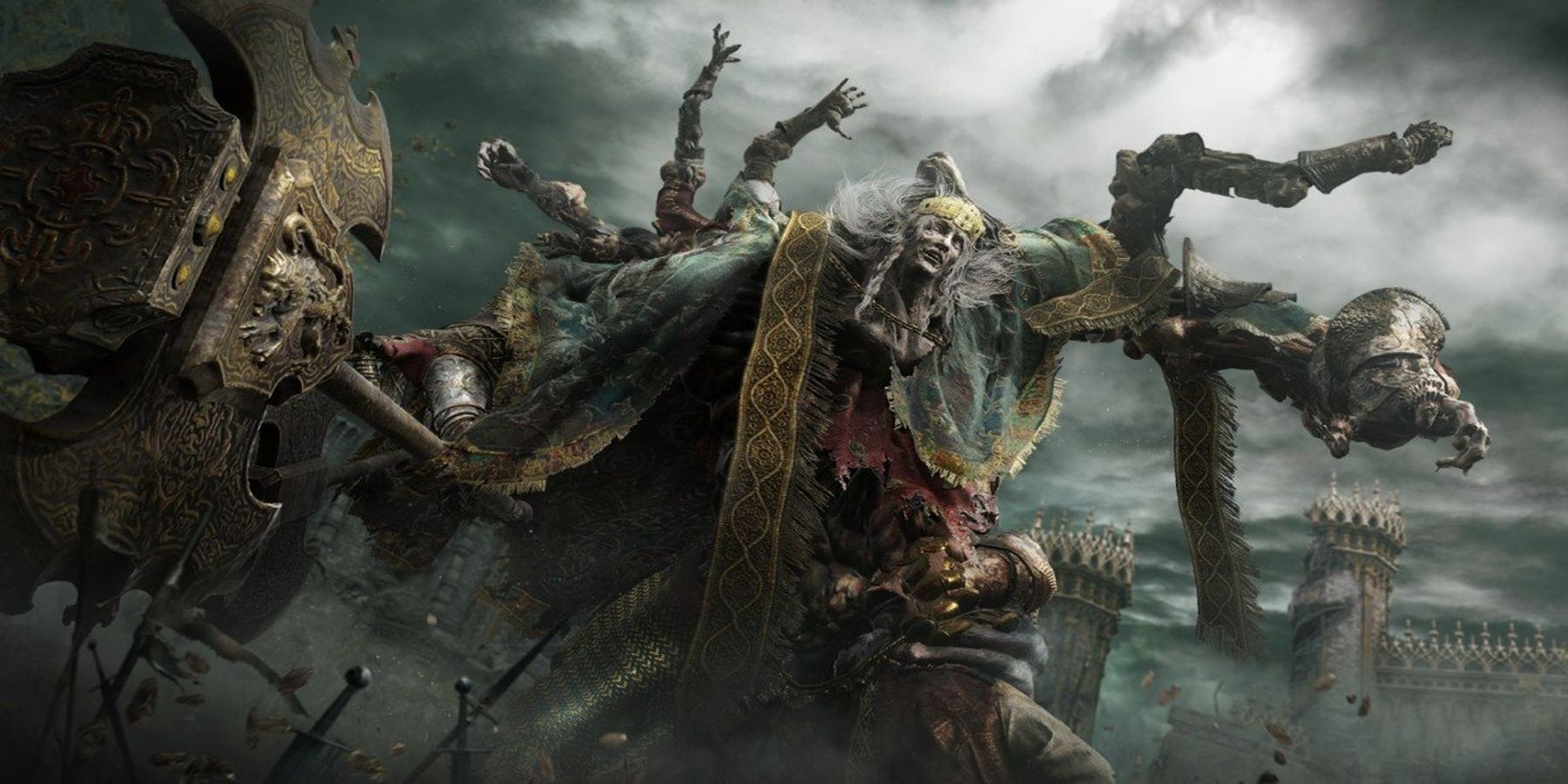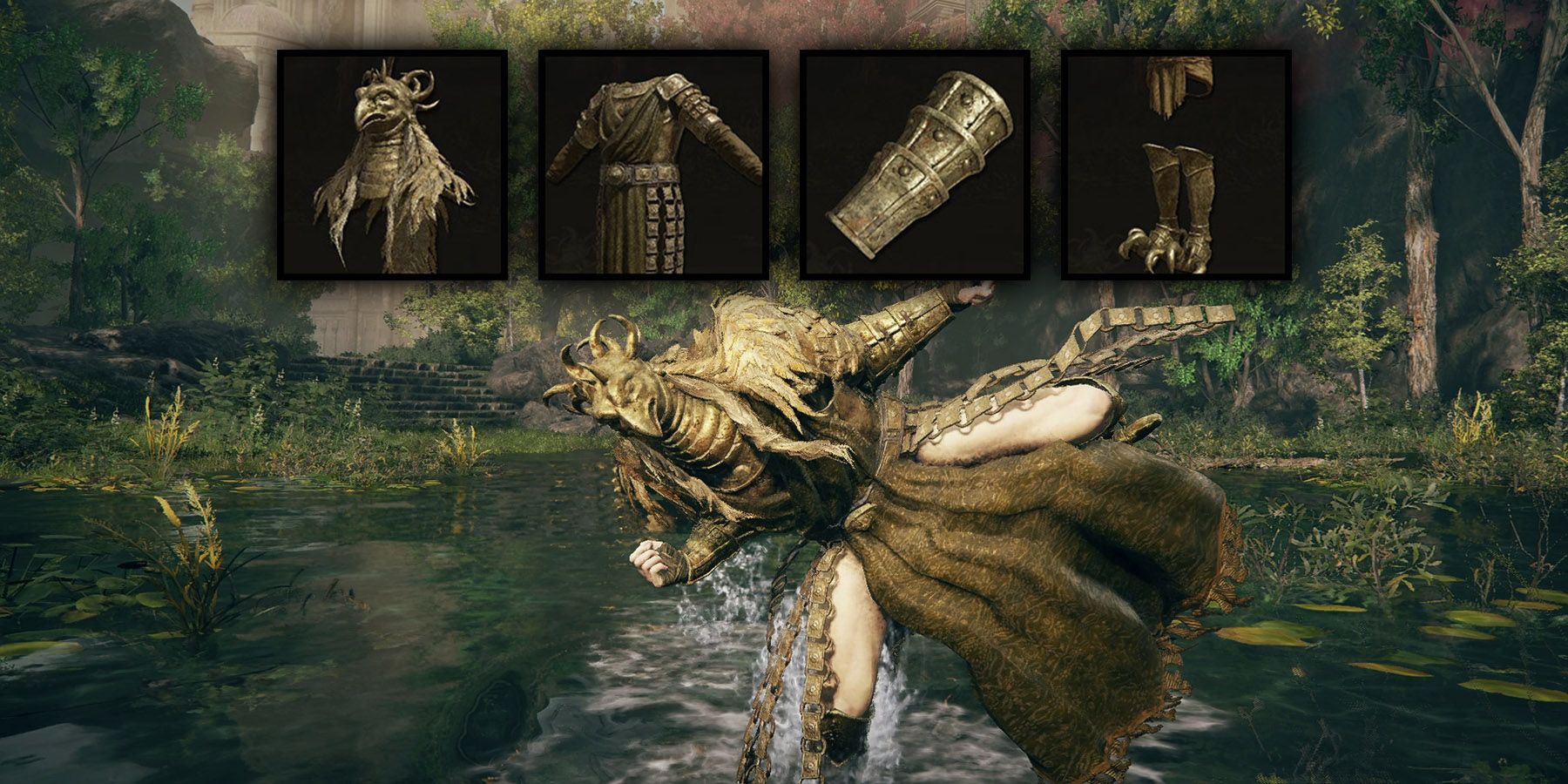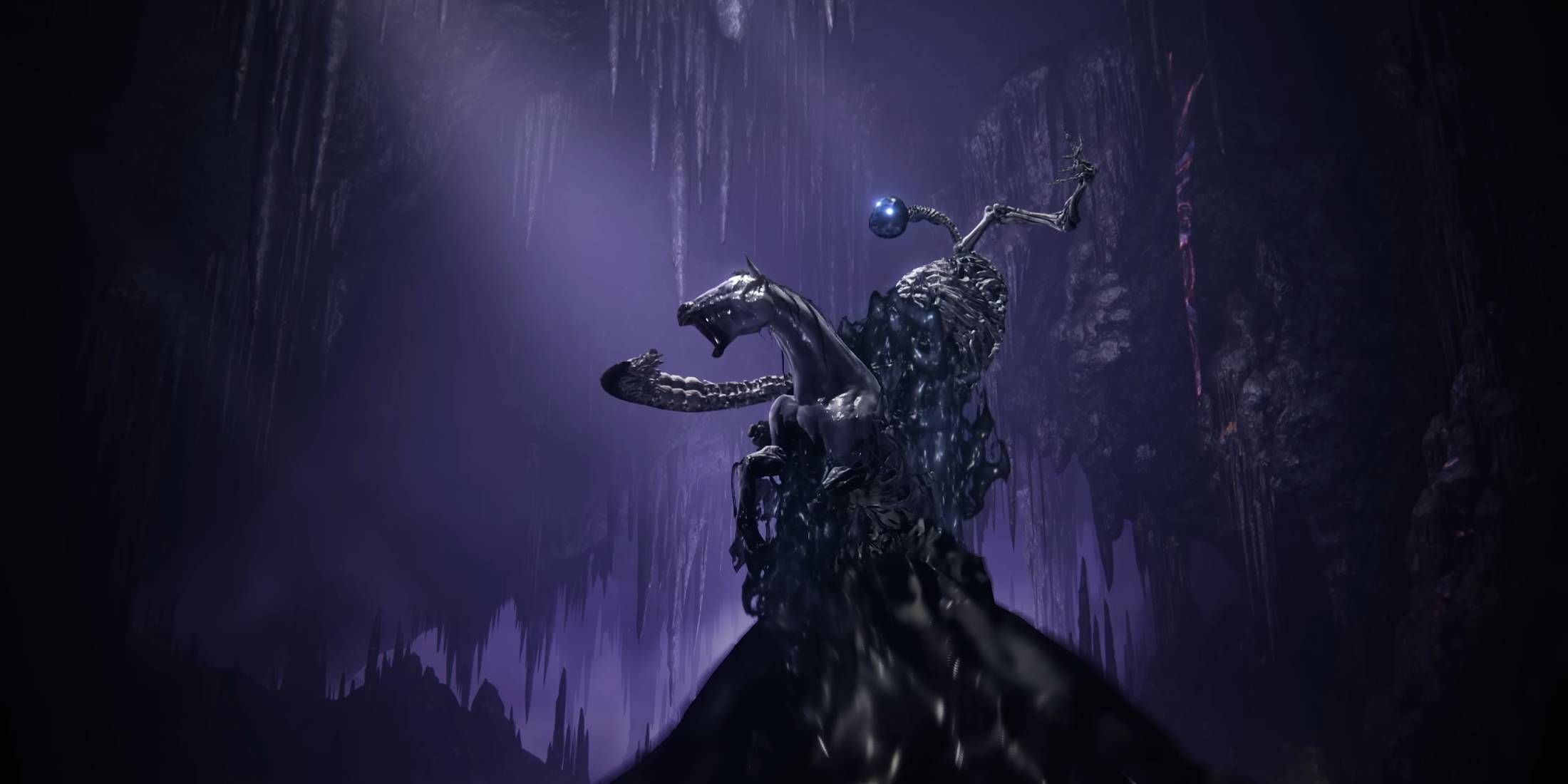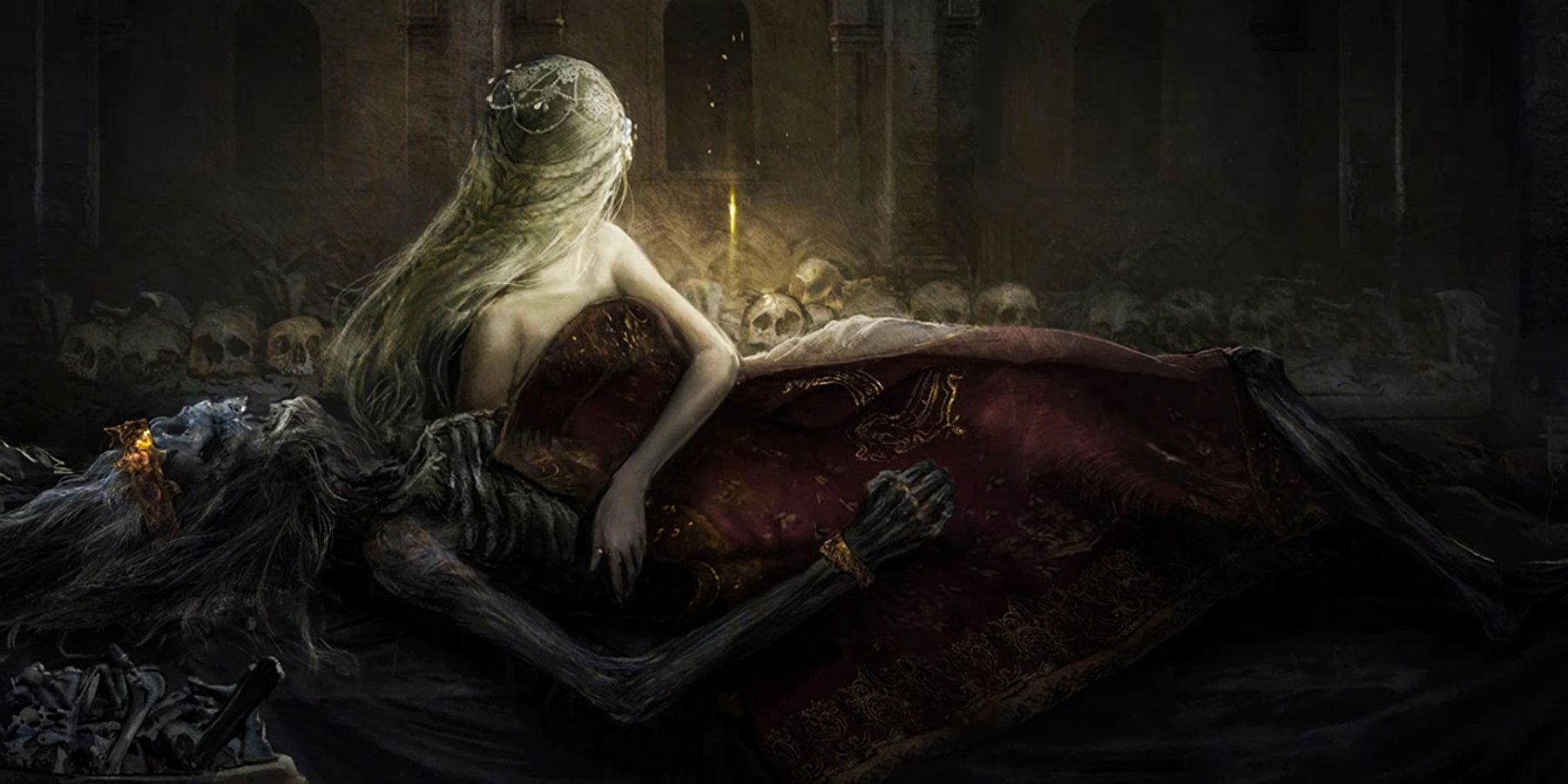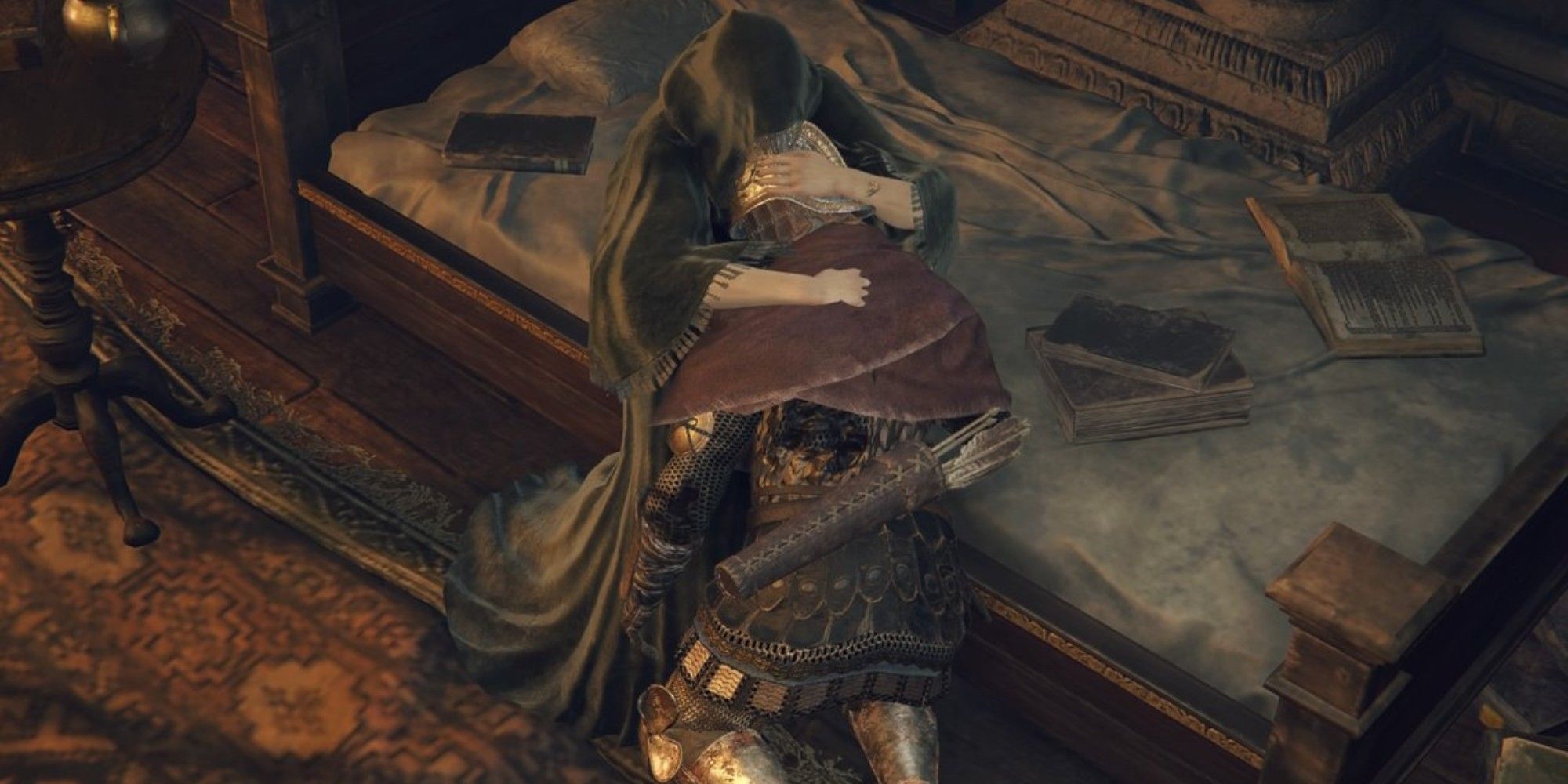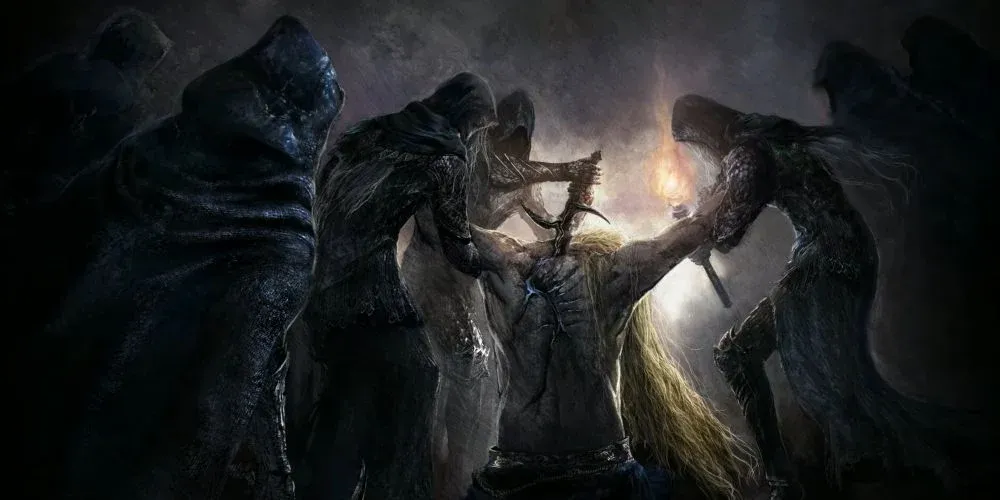When games have multiple endings, many fans will strive to achieve the “best” one through whatever decisions need to be made. Sometimes, these endings are ambiguous, and that’s how Elden Ring approaches them too—for the most part. That hasn’t stopped fans from debating which of Elden Ring’s endings is the best one, which are good ones, which are bad ones, and which is the worst one.
Although this is up for interpretation, many seem to hope that Ranni’s ending in Elden Ring is the best or at least a good one. Many consider the Lord of Frenzied Flame to be the worst ending, with the Age of Despair Ending up there with it. After all, one seeks to destroy all order and life, while the latter comes from a serial killer who infects the world with a similar curse, likely resulting in all living wishing they were dead.
The Age of Fracture is a default ending and likely the most ambiguous, but it also represents a neutral ending of sorts. Many point toward the Age of Duskborn as one of the most interesting endings but also as a “bad” ending if not as terrible as Lord of Frenzied Flame and Age of Despair. This is not the case in Elden Ring, however.
Elden Ring: Age of Duskborn – Fia and Godwyn
To obtain Elden Ring’s Age of Duskborn ending, players must complete Fia’s questline. In short, players must obtain the other half of the Cursemark of Death from Ranni’s body. During the Night of Black Knives, Ranni used the Rune of Death to inflict a partial death on herself and on Godwyn. Her body would die and her soul would live, while Godwyn’s Soul would die yet his body would “live.” Each were marked with this half-seal, which Fia needs to restore Godwyn.
Many would try to cure Godwyn of his condition, as if it made him lesser. Miquella, his dragon ally Fortissax, and more sought to give him a proper death, but it didn’t work. It wasn’t until Fia, the Deathbed Companion, sought to restore him that anything like progress was made. What should be noted is that Those Who Live in Death exist because their souls do not return to the Erdtree, yet Godwyn was essentially a husk. What exactly happened to his soul is ambiguous at best, but it was neither here nor there, neither living nor technically dead.
As a deathbead companion, Fia is able to absorb a small amount of life force through contact with others. She does this to Elden Ring’s Tarnished when they hug Fia, a small act of betrayal it would seem, but one that gives her the strength to accomplish this ending. She is able to use that life force to “conceive” a rune with Godwyn, The Mending Rune of the Death Prince. Using this to mend the Elden Ring leads the Tarnished to becoming Elden Lord, begins the Age of the Duskborn, and seemingly (as it was Fia’s goal), ends the Persecution of Those Living in Death.
Elden Ring: Age of Duskborn is One of Its Good Endings
Ending persecution of the undead, or Those Who Live in Death, may be an off-putting goal, but it still proves to be a good ending. It still returns some concept of Death to The Lands Between, but instead of resurrection through the Erdtree, it’s that those who die can still carry on and live. In essence, Fia does just this for Godwyn, who becomes the Death Prince and God to Those Living in Death. This only seems odd from a realistic perspective, but it's clear that death has been manipulated by others in various ways in the in-universe history. This is just a different path for it.
Her role as a Deathbed companion is to restore life to a corpse, in some way. There are a couple of ways to interpret this, but it seems safe to assume that the life force combined with the Cursemark of Death allows her to restore Godwyn’s soul and heritage in the Rune she conceives. As she says in the game,
"I will soon lay with Godwyn, and it will surely stir within me the new life of the golden prince, and first Dead of the demigods, as the rune of Those Who Live in Death. Please, do one thing for me. Brandish this child, my rune, and take for yourself the throne. Stay the persecution of Those Who Live in Death by becoming our Elden Lord."
Many see their children as continuing on their livelihood, way of life, self, and legacy, and that concept may be somewhat literal here. Godwyn lives through the rune, and his life ensures that death plays a different role. It may not be as ambiguous as simply establishing one’s self as Elden Lord, but it’s certainly not the same as cursing everyone like the Dung Eater does. It just changes how death works in The Lands Between, and essentially, every ending does that somehow.
This immortality, or Life in Death, appears to impact all unlike The Golden Order which was bent to Marika’s well to protect her children. It’s certainly not the “brightest ending,” but giving Godwyn new life, protecting Those Who Live in Death from persecution, changing the rules of death indiscriminately, and so on is certainly not a bad thing in comparison to the general state of the world.
Elden Ring is available now for PC, PS4, PS5, Xbox One, and Xbox Series X.

